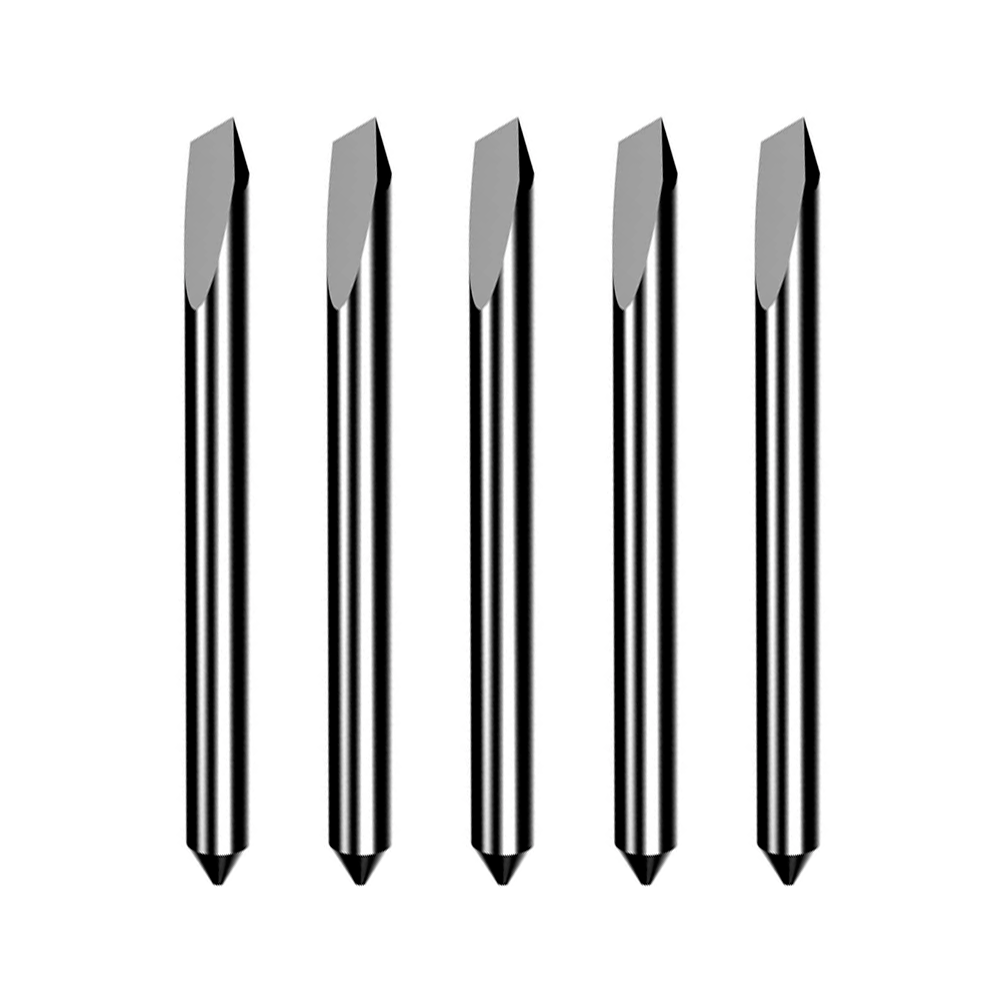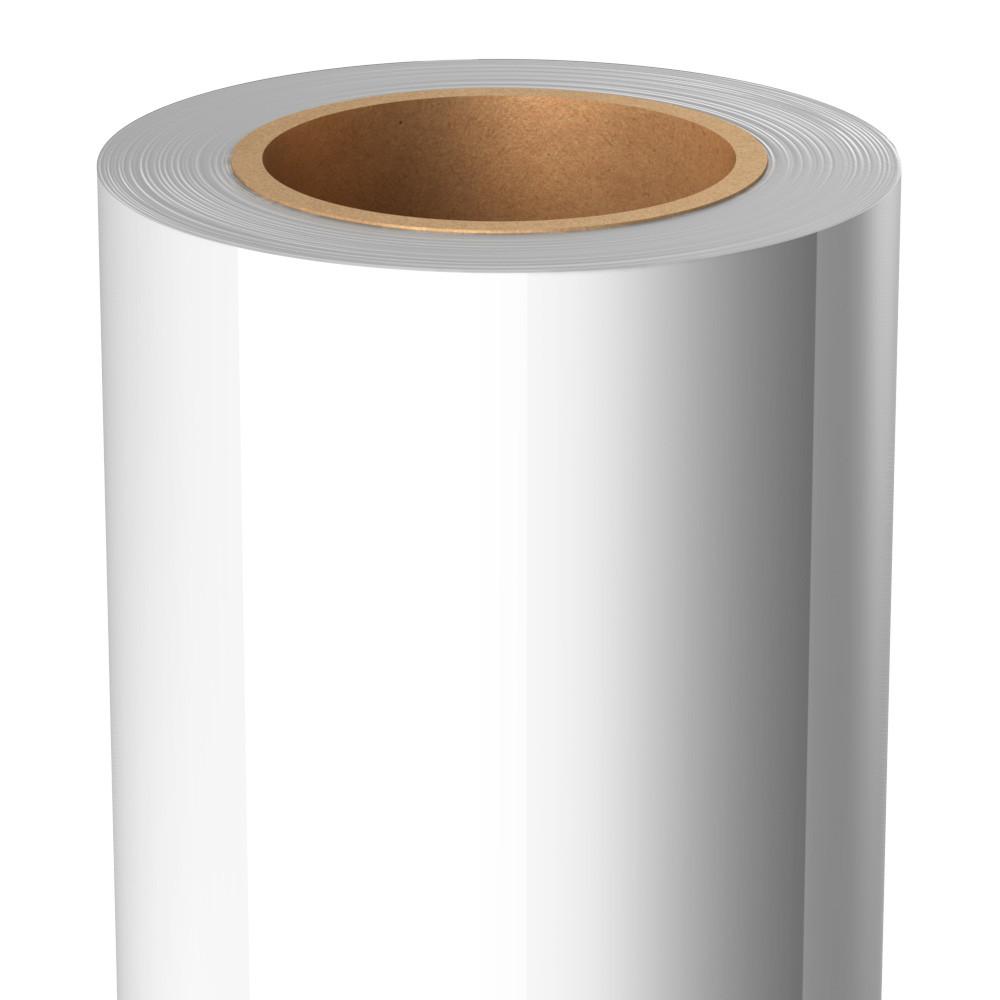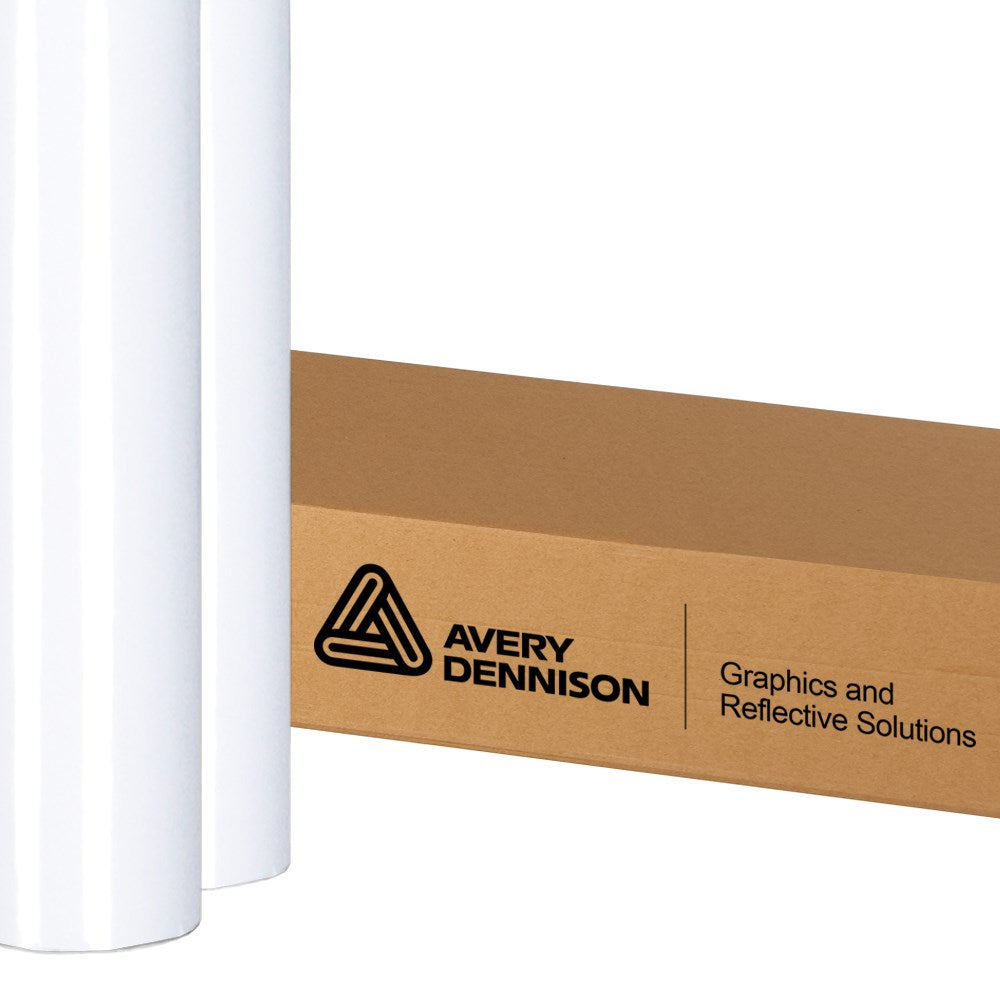Large-format printing is a procedure that is a part of two categories, including production print and wide-format.
A production printer is purpose-built to enable high-volume printing. It is designed with speed in mind, and most machines will typically print in high resolution, making the text and images stand out on the finished product.
A wide-format printer is sometimes referred to as a plotter and is designed for oversized print jobs. These are printers that are solid options for architecture, construction, or engineering uses, due to the fact that they provide the ability to print large-scale items.
The Differences Between Large-Format Printing and Wide-Format Printing
Large-format printing and wide-format printing are typically used interchangeably to describe a type of printing job that gets completed on a large scale. However, they are different, and in order for someone to operate a large-format printing machine, they need to be aware of these differences.
Wide-Format Printing
Wide-format printing is a reference to any type of large scale printing, in any dimension. Due to this, all wide-format prints are large-format prints.
Wide-format printing initially used to be a niche service. However, it has become a lot more accessible today. Due to advances in technology, wide-format printers can now create prints at a much lower cost. If they plan to work with unique materials, operators will need to determine for themselves the best printer for printable vinyl, for example.
Large-Format Printing
Large-format printing, on the other hand, can be an exceptional way through which anyone can get their message across, no matter their business or industry. Due to the fact that it can be customized to fit any need, large-format printing–like that done with an Epson large-format printer–makes it easy for businesses and individuals to find a solution which fits their budgets and objectives.
Large-Format Printing Opportunities
There are numerous printing possibilities when it comes to having a large-format machine. Billboards, building wraps, window decals, and vehicle wraps can all be made with this technology.
Not all large machines can complete all jobs, as each one of them has different opportunities and abilities. This is why it is essential to pick the best large-format printer. However, most large-format printers can print on a wide variety of vinyl, paper, and canvas types, making them a great option for posters, banners, maps, blueprints, brochures, menus, and more. There are also large-format flatbed printers to consider which can print on materials like glass, wood, metal, foam boards, and other more rigid substrates.
Operating a Large-Format Printing Machine
The large-format printing process is similar to the digital printing procedure and is ideal for items which require full-color printing. These are all of the steps required to operate a majority of large-format printing machines:
- Operators select which type of material they are interested in using.
- Then, they select what the end product will be.
- They define the exact shape and size of the product.
- Once all of this is done, the artwork can be created to match the dimensions for the product.
- Within the line graphics, the press will set the toner through different large nozzles.
- A fine layer of ink then gets sprayed onto the surface.
While there may be small differences between machines, these basics are always the same. For example, this is how an Epson large-format printer operates. A majority of printing companies will utilize UV lights as a means of helping the ink dry and finalize the overall project. In regards to the overall time that it takes to complete large-format printing, it's just as quick as digital printing.
In order for anyone to get the highest quality large-format print, all they need to do is use the highest possible resolution within their artwork files. Most large-format printers will even include their own precise guidelines in regards to the maximum width and height of artwork, as well as the pixels per inch (PPI) the file needs to have.
In Conclusion
Businesses can benefit in numerous ways from large-format printing. Once you’ve perfected using the machine, a whole world of possibilities will be open to you.





